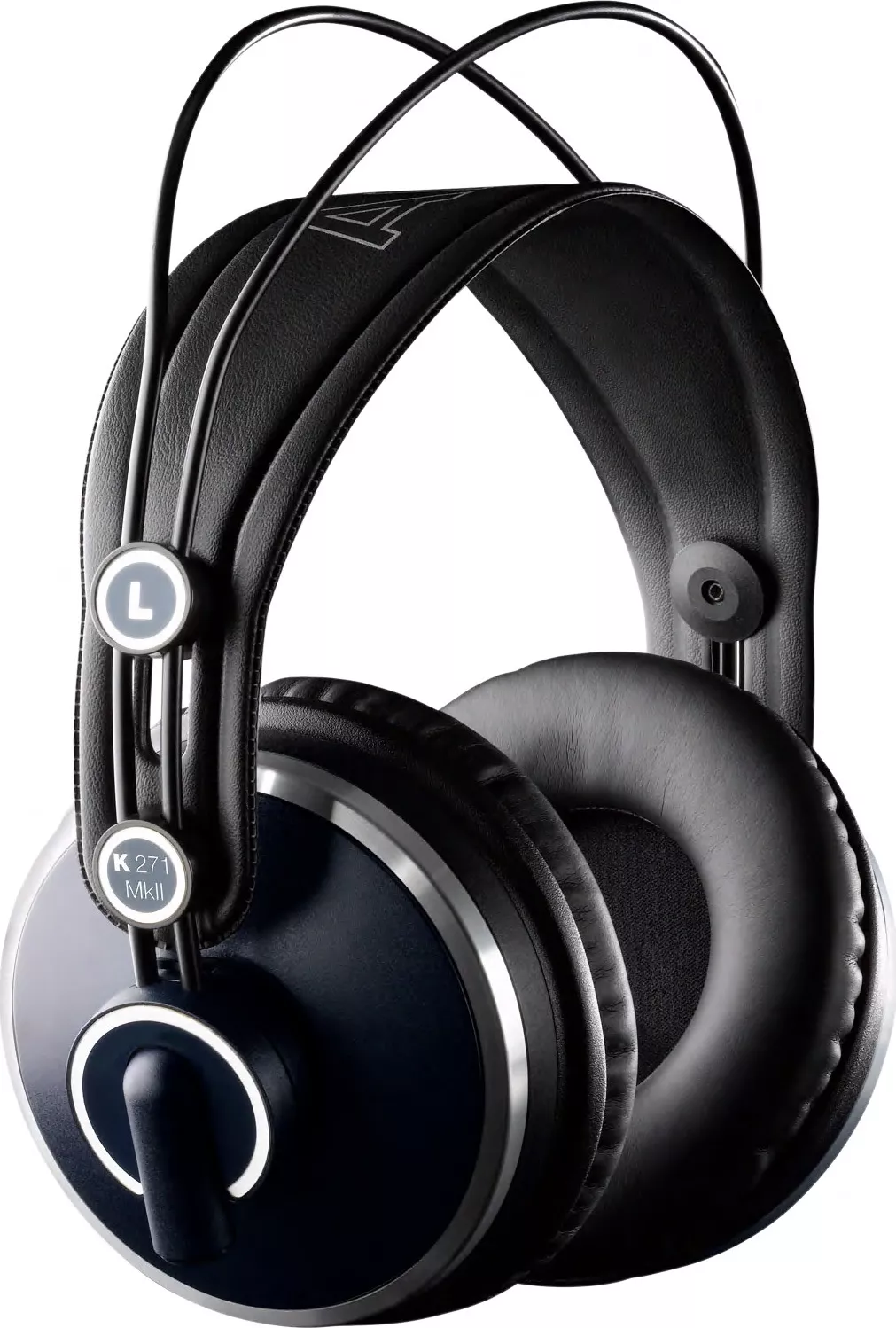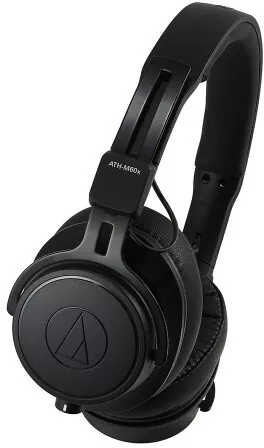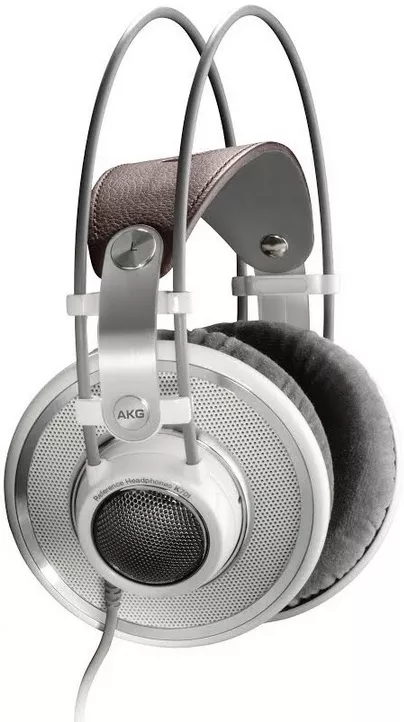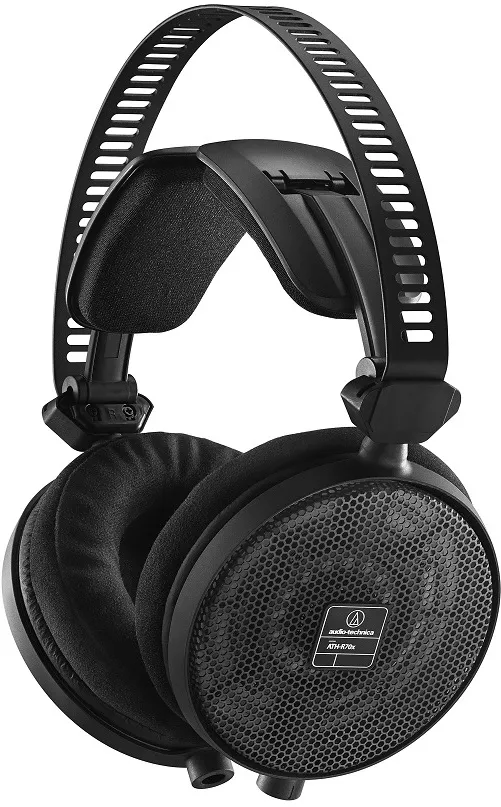How to choose your studio headphones?
In addition to your monitoring speakers, you will need a second listening to be able to compare your compositions/mixes. It turns out that the headphones are an excellent element to complete the contribution of your monitoring speakers. However, there are plenty of models of headphones intended for the Home Studio on the pro audio market. Through this buying guide, we will give you all the crucial information you need to know for your next purchase of studio headphones.
HELMET USE
Studio headphones, like monitoring speakers, are sensible or try their best to give you faithful sound reproduction. However, depending on your practices and needs, some helmet models will be more suitable than others. You won't have the same type of headphones for composing, doing beat making as if you want to record a voice, or even do mixing/mastering.
Use for recording
To take sounds of instruments or voices, it will be very strongly advised to go for headphones with strong insulation from the outside (closed headphones, detailed below), in order to avoid re-pissing the headphones. in the recording microphone, thus interfering with the audio tracks.
Use for mixing/mastering
For mixing or mastering a piece, it will be preferable to go for neutral studio headphones, as for monitoring speakers. Attention, it is not advisable to mix and master only with headphones. The headphones can be useful in these conditions as a second listening, to compare, to have another perception of the balance of volume and frequencies of the piece. It may also be interesting to get headphones with a very good response at low frequencies to compensate for the lack of precision of monitoring speakers in non-acoustically treated Home Studios.
Characteristics of studio headphones
All helmets do roughly the same thing, and yet there are hundreds of models, all different. We are going to detail the main characteristics to know so that you are not mistaken when making your purchase.
Open or closed?
There are two types of studio headphones: closed headphones and open (or semi-open) headphones. These 2 formats will have different uses.
CLOSED HELMETS
Closed headphones will be used more for sound recording (voice or instruments). They are said to be "closed" because the outer shell of the ear cups is solid. This manufacturing technology isolates the sound, does not let escape what you hear outside the helmet and allows you not to be disturbed by the parasitic noises around you. The bass is often more present on this kind of headphones. On the other hand, the stereo image will be reduced and less precise.
Examples of closed helmets
OPEN HELMETS
Open headphones, on the other hand, will be suitable for neutral (or almost) listening during mixing or mastering (or even composition) sessions. Unlike closed headphones, the outer shell is mostly semi-full (with ridges, or in the form of a grid), which lets sound leak out; you will then no longer be isolated from the outside and the people around you will hear what you are listening to. This construction allows you to have a much more neutral and precise listening, and a much wider and deeper stereo image (which will facilitate the placement of instruments during your mixes).
Examples of open helmets
Impedance
One of the features that you see on every headphone spec sheet (in ohms) but that many of us have a hard time understanding is impedance. Each headphone has a different impedance. We will not go into the details which are very detailed technical explanations, but we will explain the essentials to you.
The lower the impedance of a headphone, the less power it will need. Conversely, the higher the impedance, the more power the headphones will need. For example, everyday headphones, or basic headphones have low impedance because they are made to be plugged into phones (or laptops). These electronic devices can't overpower your headphones or your battery will drain in no time. Studio headphones generally have a higher impedance and require a headphone preamplifier (most audio interfaces have one) in order to get enough power to deliver the best possible audio signal.
To put it simply, if you are going for headphones over 100 ohms, make sure you have a headphone input on your sound card, or have a headphone preamplifier available, to get the most out of the quality of your helmet.
Frequency curve
Like studio monitors, no studio headphones are perfectly flat. Each headset will have volume differences between various frequency ranges. It will therefore be interesting to look at this curve beforehand to find out how the headphones in question behave in a particular frequency range. This can be interesting if you are an electronic music producer, where the bass is very present and therefore requires good listening.
Comfort, resistance, accessories
The physical characteristics are also decisive when making your choice. You are likely to spend an hour or two with your headphones on. If it is not comfortable, you will soon feel pain in your ears and on the top of your head. To get an idea, you will have to pick up opinions on the web, it is almost impossible to get an idea by trying it for only a few minutes. The material of the pads also brings its share of comfort. Depending on the model, you can buy other pads than those supplied with the helmet, to obtain better comfort (especially the velor pads) but also to change yours when they are worn out. Some headsets are sold with accessories, which can be useful if you often take it on the move (case, protective bag, detachable cable, etc.).
Questions ?
You now have all the basics you need to get started and choose your studio headphones. It is obvious that not everything is summarized in this guide and you may have some questions or wish to have additional advice regarding the choice of your helmet. The Star's Music team is at your disposal to guide you in our stores or by phone 01 80 930 900.

















